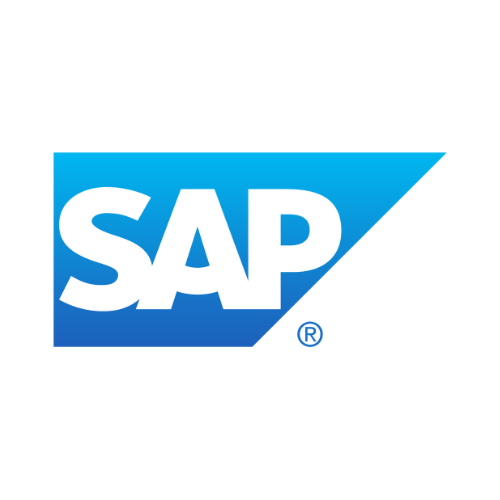February 17, 2025
Blog
A pivot of global supply chain success: The Compliance Triangle
Maureen Perroni
Senior Director of Corporate Communications
Share
Achieving the balance point of supplier, customer, and regulatory labeling compliance
In today’s fast-paced global economy, supply chains are more interconnected than ever, creating opportunities for growth but also introducing new challenges. Compliance has emerged as a critical factor to overcome to ensure that products and operations meet the requirements and standards used by regulators, suppliers, and customers. These three equally important elements (regulatory, supplier, and customer) form the ‘Compliance Triangle’, which serves as the foundation for supply chain efficiency, resilience, and growth.
Labeling, packaging, and the data that feeds this vital piece of the supply chain are crucial for managing upstream, downstream, and inter-company agility. Failing to address any aspect of the compliance requirements can lead to financial, operational, and reputational risks. However, with a unified approach, organizations can turn compliance challenges into strategic advantages.
The three faces of the Compliance Triangle
While regulations are undoubtedly a cornerstone of any compliance management framework, businesses are increasingly realizing that compliance risks extend far beyond regulatory boundaries. This multitude of compliance considerations can be broadly separated into three categories.
#1 - Regulatory compliance ensures businesses meet the legal, safety, and environmental standards set by governing bodies worldwide. This involves keeping up with evolving laws across jurisdictions, addressing Environmental, Social, and Governance (ESG), and maintaining product traceability from production to disposal.
Key challenges include constantly changing regulations, data quality and standardization, and product traceability. This is where labeling, supported by true data sources as part of an interconnected network, is essential for attaining and maintaining regulatory compliance and enabling full product traceability.
#2 - Supplier compliance involves making sure suppliers adhere to contractual agreements, ethical practices, and labeling requirements to maintain smooth operations. Non-compliance disrupts production, increases costs, and harms relationships with other trading partners, regulators, and customers.
Key challenges include managing a growing network of suppliers with differing processes, a lack of standardized documentation causing inefficiencies, and complications in subcontractor management. To achieve supplier compliance, interconnected systems are essential for streamlining processes and ensuring seamless communication and data sharing. By leveraging a collaborative network with suppliers, organizations can reduce risk, enhance operational agility, and maintain trust with customers and regulators alike.
#3 - Customer compliance involves meeting complex requirements related to product labeling, marking, and packaging, as well as ensuring that customer interactions adhere to contractual terms and conditions. This means maintaining accurate records, labeling end products correctly for delivery, and promptly addressing product complaints, returns, recalls, or other issues.
Key challenges include managing regional operations and third-party dependencies and addressing compliance proactively rather than reactively. Labeling and its underlying data are fundamental for organizations to fulfill customer supply chain requirements while keeping the costs of replacements or refunds manageable.
The apex of non-compliance and the path forward
The cost of non-compliance is staggering. From hefty fines to damaged brand reputations, the consequences can ripple through every aspect of an organization. For instance, the average cost of compliance violations has increased by 43% over the past decade*, with industries like pharmaceuticals facing billions in annual penalties.
To effectively manage the Compliance Triangle, organizations must think beyond traditional methods. A unified, collaborative cloud-based labeling solution can bridge gaps between suppliers, regulators, and customers, transforming compliance from a burden into a competitive advantage. Benefits include improved compliance, increased collaboration, faster time to value, and amplified efficiency.
Finding the balance point of the Compliance Triangle
Achieving balance in the Compliance Triangle is critical for sustainable growth. A lopsided approach that prioritizes one aspect over another risks slowing down operations and incurring unnecessary costs. Digital transformation, particularly in labeling and packaging, serves as the pivotal hub, creating a cohesive, efficient, collaborative network.
By adopting a holistic strategy and leveraging advanced cloud-based tools, organizations can turn the complexities of compliance into a roadmap for innovation and success. To learn more about The Compliance Triangle and how Loftware can support your needs, download our complimentary whitepaper now.
